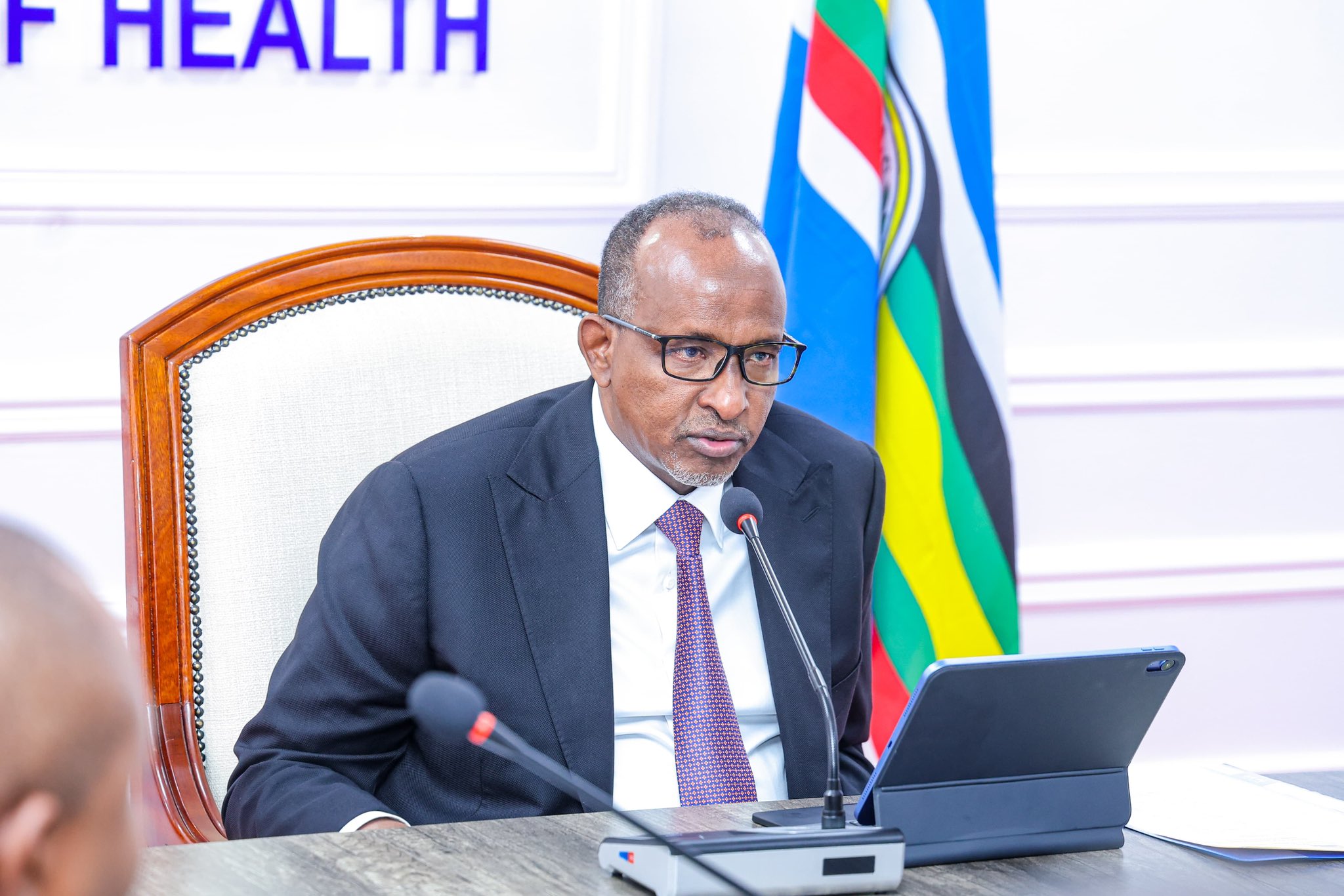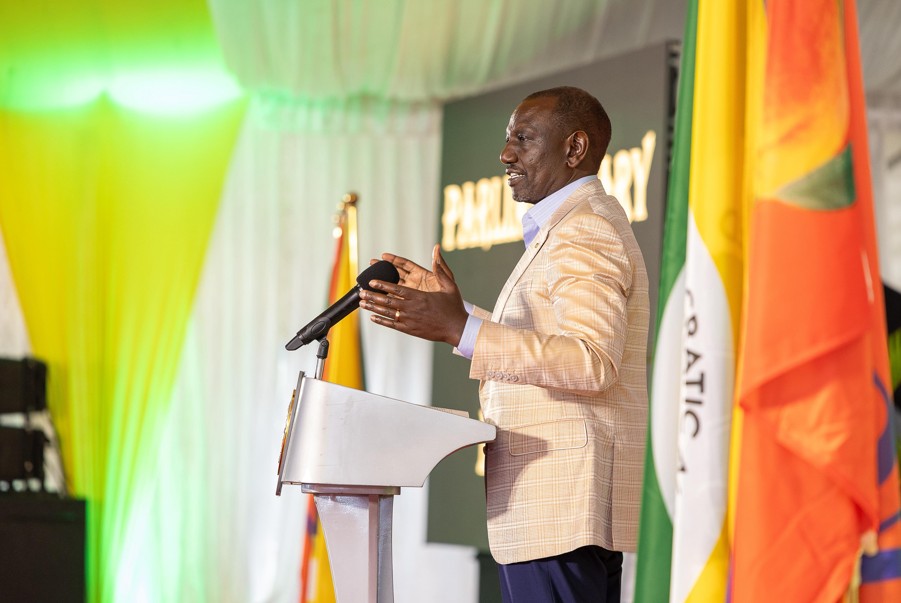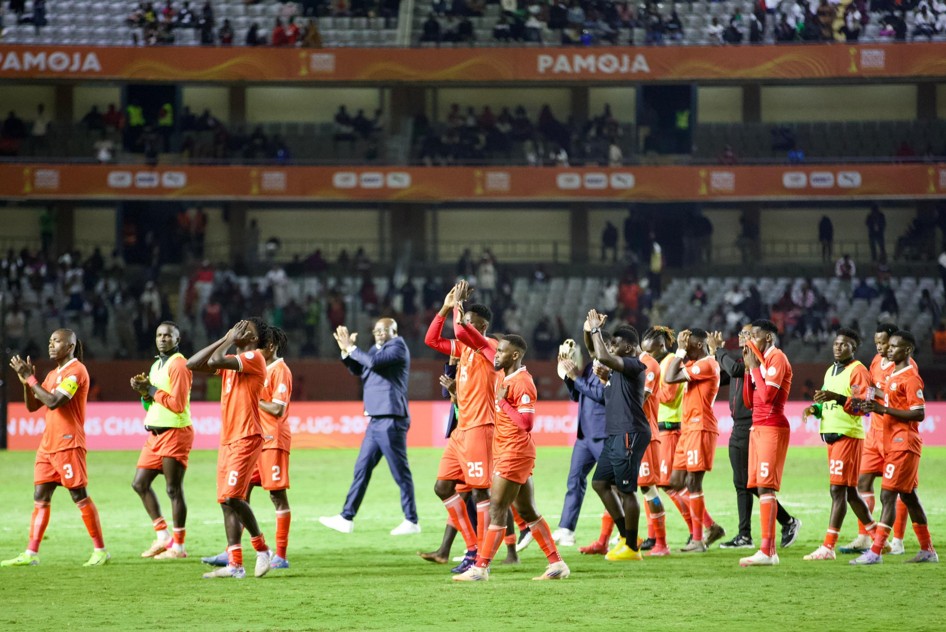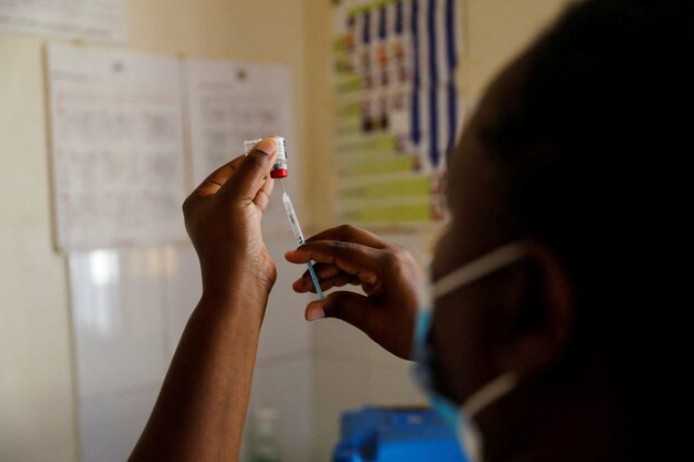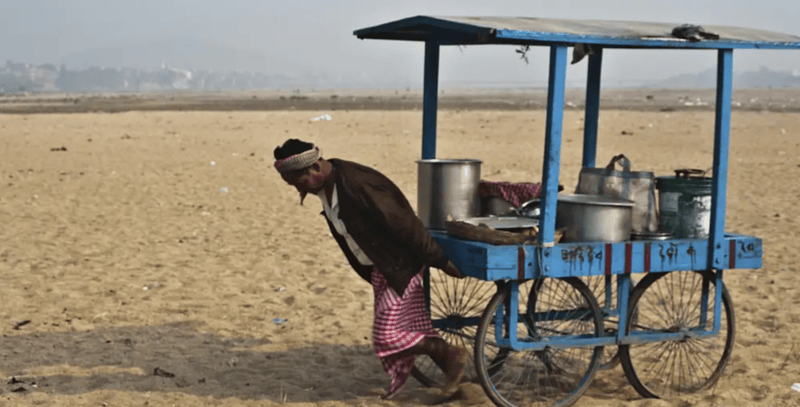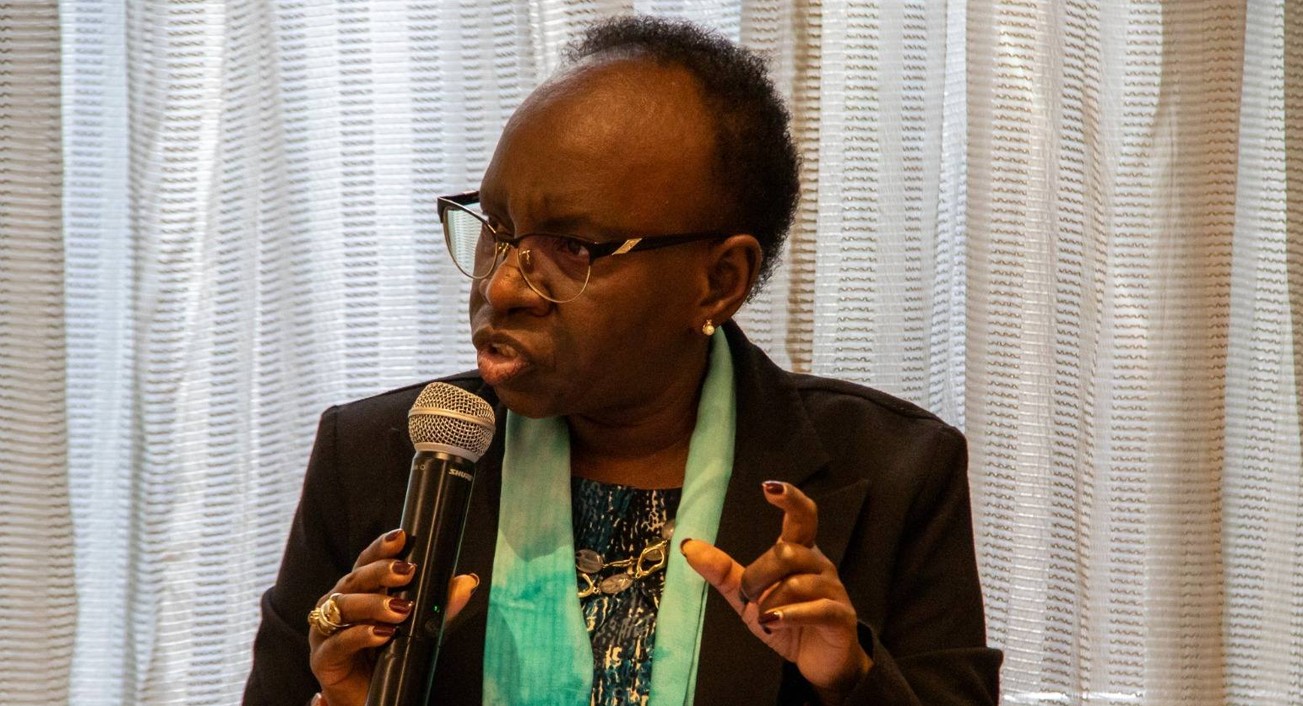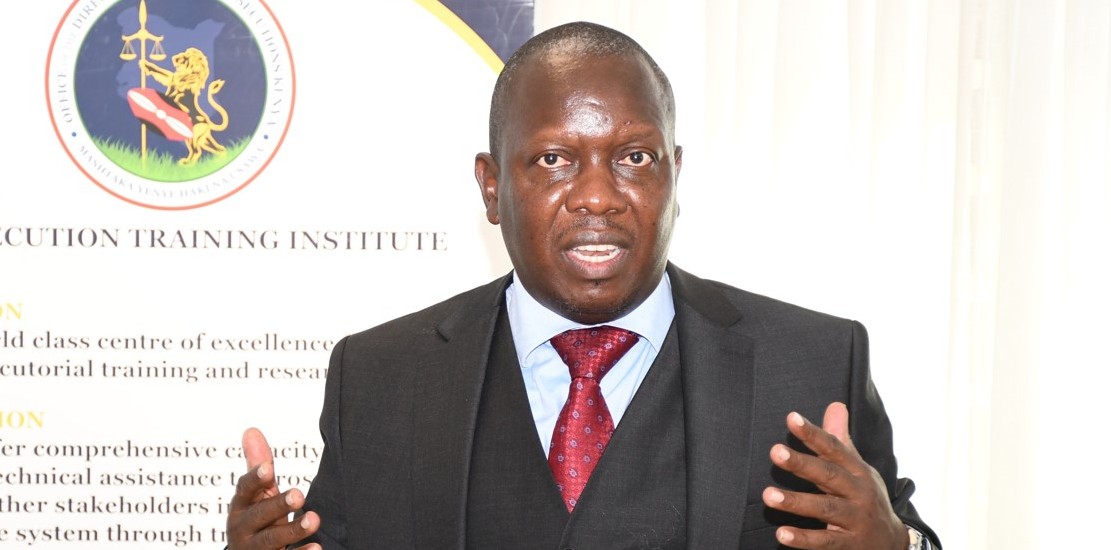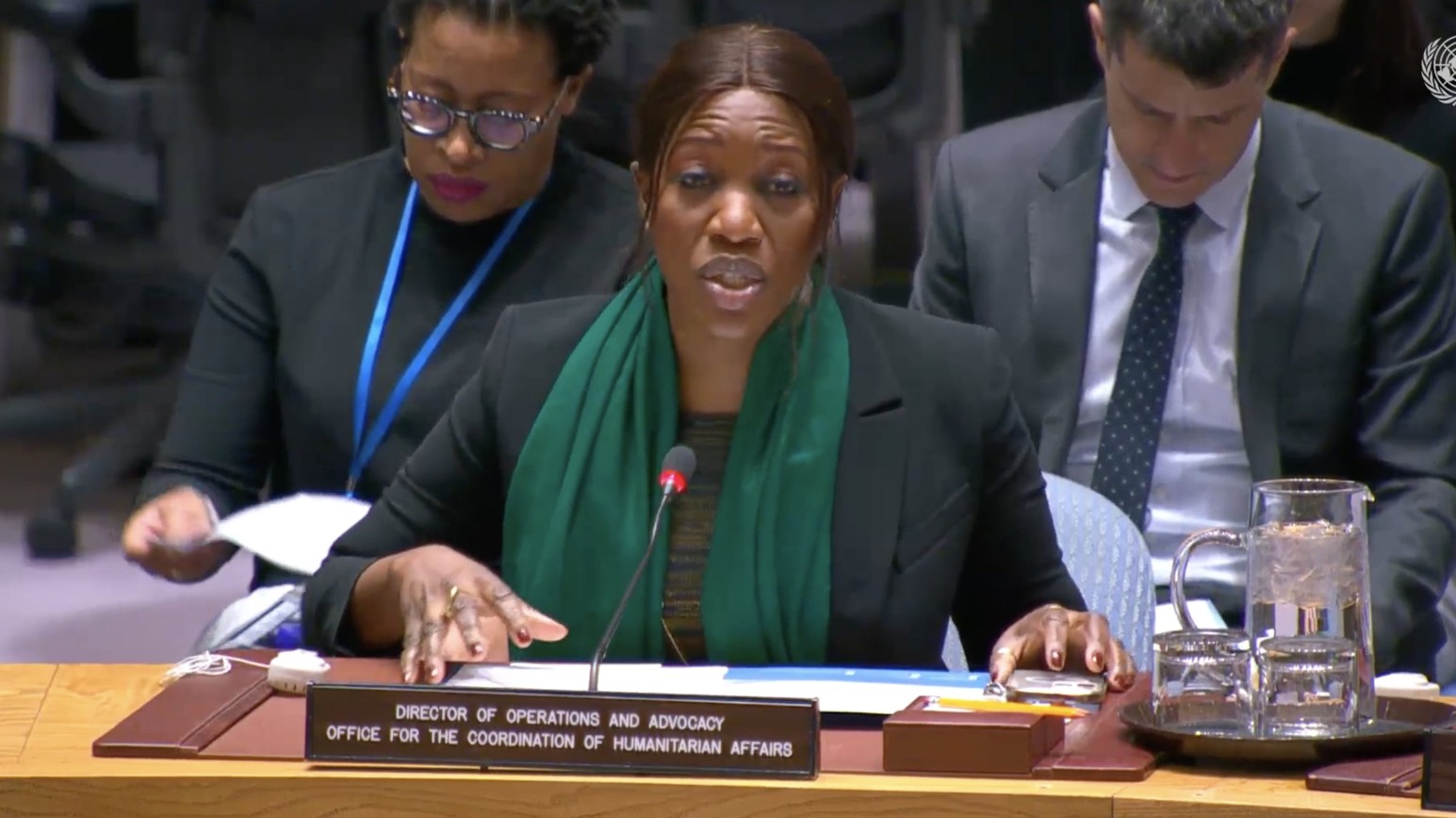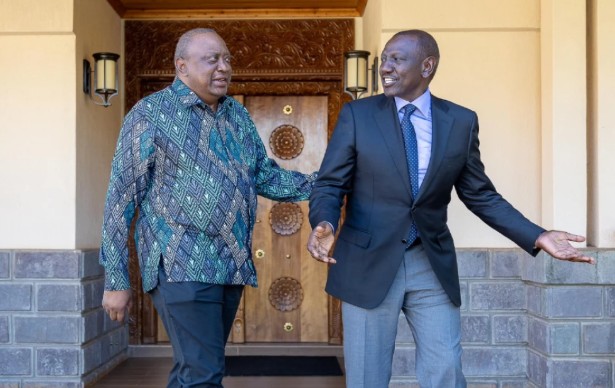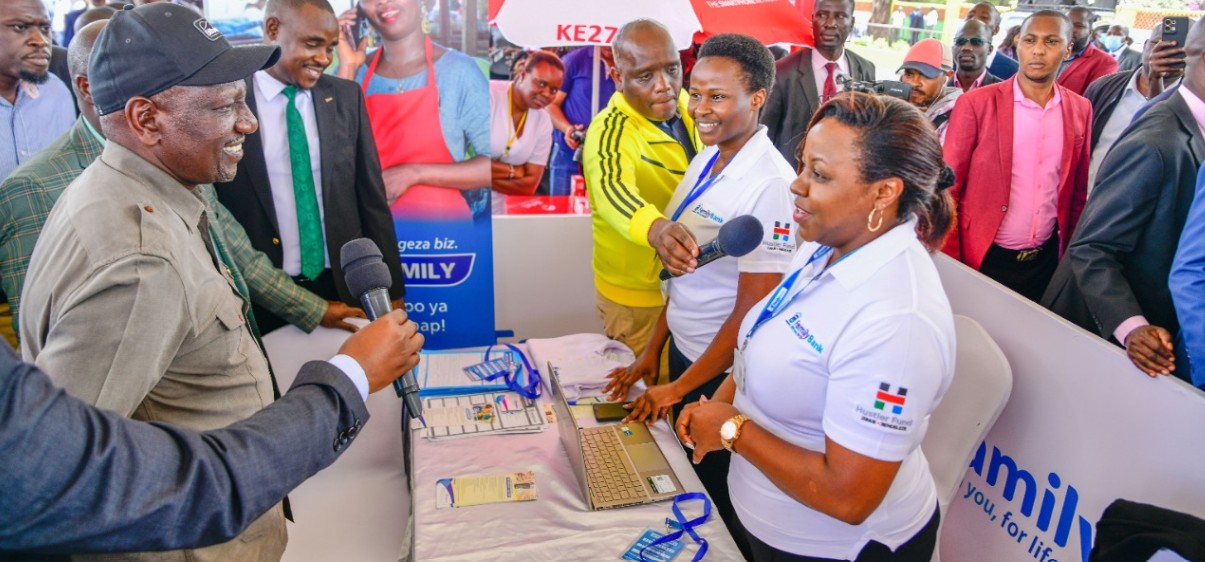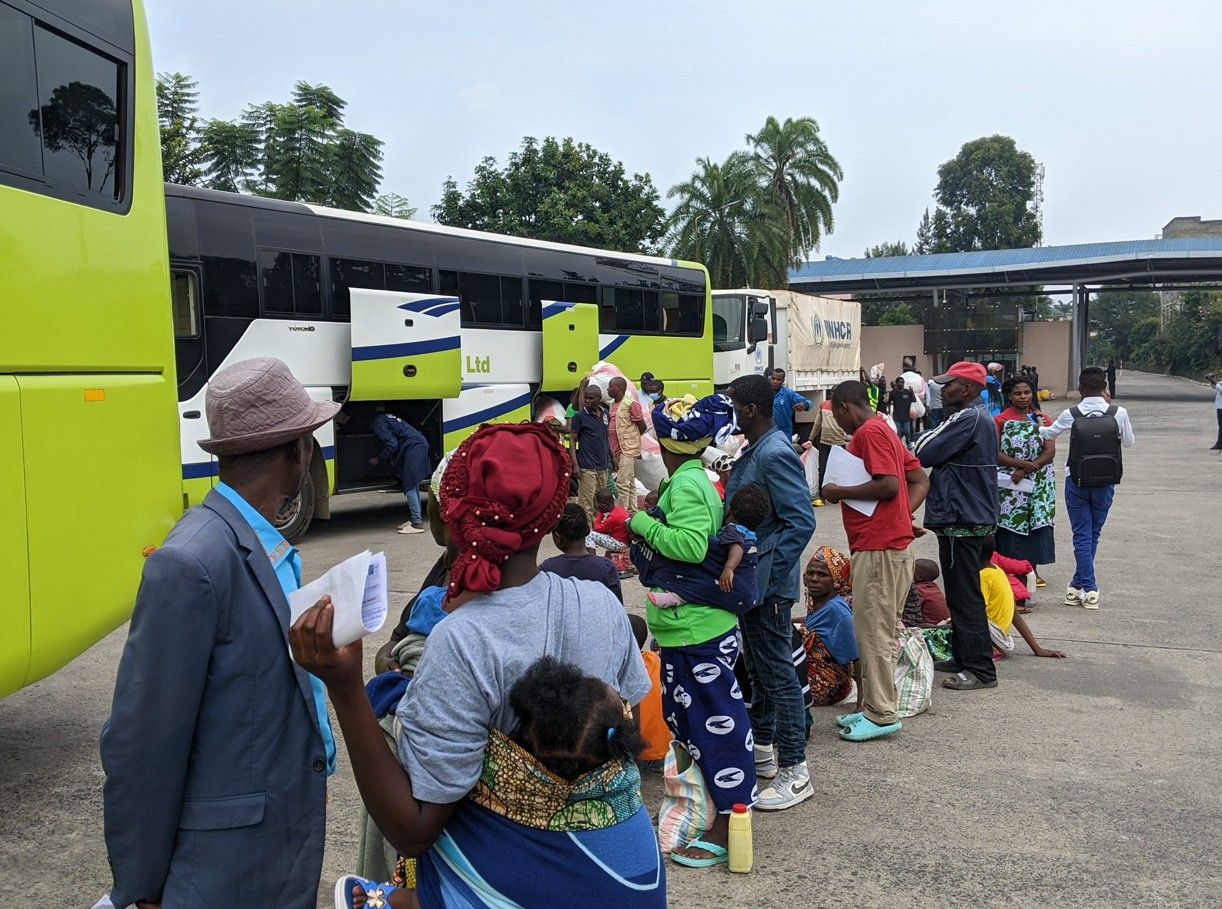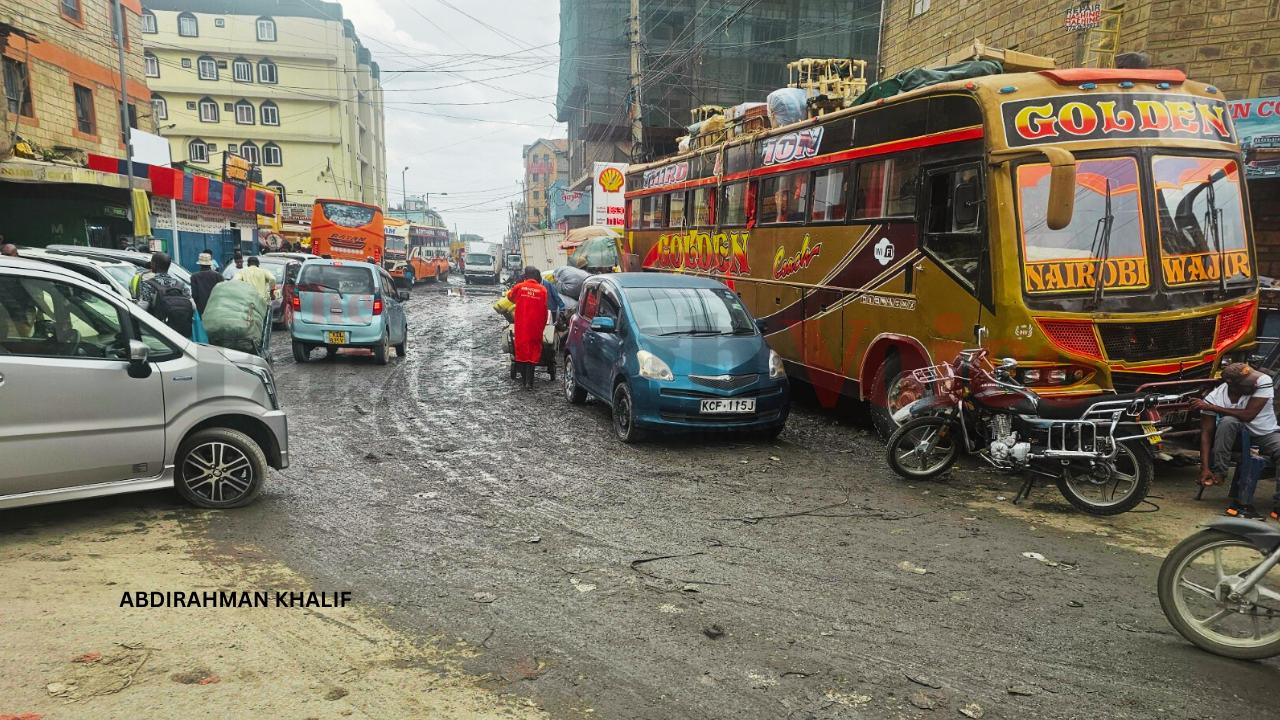Amhara, Tigray regions trade accusations for deadly clash in South Tigray Zone
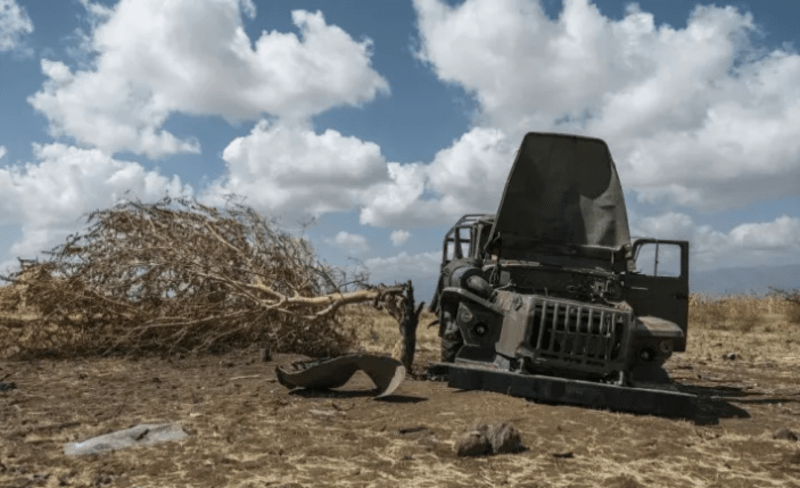
Earlier this week, violent confrontations erupted in Raya Alamata, located in the South Tigray Zone, currently under the control of Amhara forces.
Both sides have exchanged accusations regarding the provocation, further escalating tensions in the area.
More To Read
- Extrajudicial killings, torture, mass detentions: US 2024 report paints grim picture on Ethiopia’s record
- Worsening drought, conflict push millions in Ethiopia into acute food insecurity, FEWS NET warns
- Tigray opposition Salsay Weyane slams PM Abiy’s warning of renewed conflict, urges Tigray-wide dialogue
- Drivers' association reports over 30 truck drivers kidnapped in two weeks, cites growing insecurity in war-hit Amhara region
- Social media platforms “failed to adequately moderate genocidal content” during Tigray war, study finds
- TPLF accuses Ethiopia, electoral agency of undermining Pretoria deal, warns peace at risk
In a statement released on Thursday, the Amhara regional administration strongly criticised the recent response from the Tigray interim administration concerning the alleged inclusion of specific regions in Amhara's educational maps and curricula.
The Amhara administration described this response as "aggressive," suggesting it involved "threats and a pretext for violence."
This statement follows concerns expressed by the Tigray interim administration over the Amhara regional government's purported attempts to incorporate Tigray lands into its educational curriculum and maps, claiming them as its own.
The interim administration labelled these actions as "irresponsible" and accused the Amhara region of systematically trying to "dismantle Tigray."
It demanded immediate corrective action and warned that the Amhara regional administration would face "the consequences.".
In response, the Amhara regional administration countered that the areas referred to as "Wolkait and Raya" have long-standing "questions of identity and self-governance."
It was alleged that the former Tigray regional government responded to such demands through "arrest, persecution, and violence against residents, elders, identity rights coordinators, and administrators" rather than following proper legal procedures.
The Amhara administration also emphasised that, before the signing of the Pretoria accord between the federal government and the TPLF, it had been providing public services, including education, to the local population in the area.
The Amhara regional administration urged the Tigray interim authorities to refrain from activities that perpetuate a permanent crisis for the country and instead focus discussions on addressing the needs of the people rather than engaging in political games over maps.
In an interview with Addis Standard, Hailu Abera, the head of Alamata town, reported that "Tigray forces initiated an assault in Raya Alamata, particularly in a locale identified as Cheguara, on Monday night. Subsequently, they expanded into other regions, taking actions that starkly contravene the stipulations set forth in the Pretoria Peace Agreement."
In response to these allegations, Redae Halefom, the head of communication for the Tigray interim administration, refuted claims of aggression by the TPLF and affirmed that the conflict stemmed from Amhara forces encroaching upon Tigray's territory.
Redae emphasised that the Amhara region lacks both legal and moral grounds to assert claims over Tigray's territory and highlighted the administration's commitment to resolving disputes peacefully in accordance with constitutional and peace agreement frameworks.
Additionally, Redae accused the Amhara regional administration of undermining the Pretoria Peace Agreement and engaging in actions that provoke instability in the region.
Redae further emphasised the necessity of federal government intervention to cease such activities.
Endless clashes
The recent strife in South Tigray is not an unprecedented occurrence.
As indicated in a recent report by the Armed Conflict Location and Event Data Project (ACLED), clashes between Amhara and Tigray forces in the area began in mid-February 2024.
According to the report, confrontations between Tigray and Amhara forces began on February 14, 2024, spanning the Chercher, Raya Bala, and Raya Alamata districts.
Subsequently, clashes erupted on February 15 in the vicinity of Alamata and Korem towns before the intervention of the Ethiopian National Defence Force (ENDF).
On February 17, the conflict continued in Korem town and the Ofla district until the ENDF intervened once more to put an end to it.
Additionally, skirmishes briefly resurfaced on February 21, 2024, in the Zatta district until ENDF units intervened to halt the clashes.
Although the clashes were brief and resulted in no reported fatalities, the report highlighted that the resurgence of conflict represents a notable development and poses a threat to the peace established under the Pretoria agreement.
The latest tensions are intensifying despite a warning in the 2024 Annual Threat Assessment of the US Intelligence Community released on March 11, which cautioned that unresolved territorial issues could lead to a resumption of conflict, despite the Pretoria Cessation of Hostilities Agreement (CoHA) signed in November 2022 between the Ethiopian Government and the Tigrayans, ending a two-year war.
The Minister of Defense, Abraham Belay, announced a new plan two weeks ago that outlined the government's strategies to address the situation in western Tigray.
However, the federal government has not commented on the latest exchange of statements and the rising tension between the two regional states.
Top Stories Today
